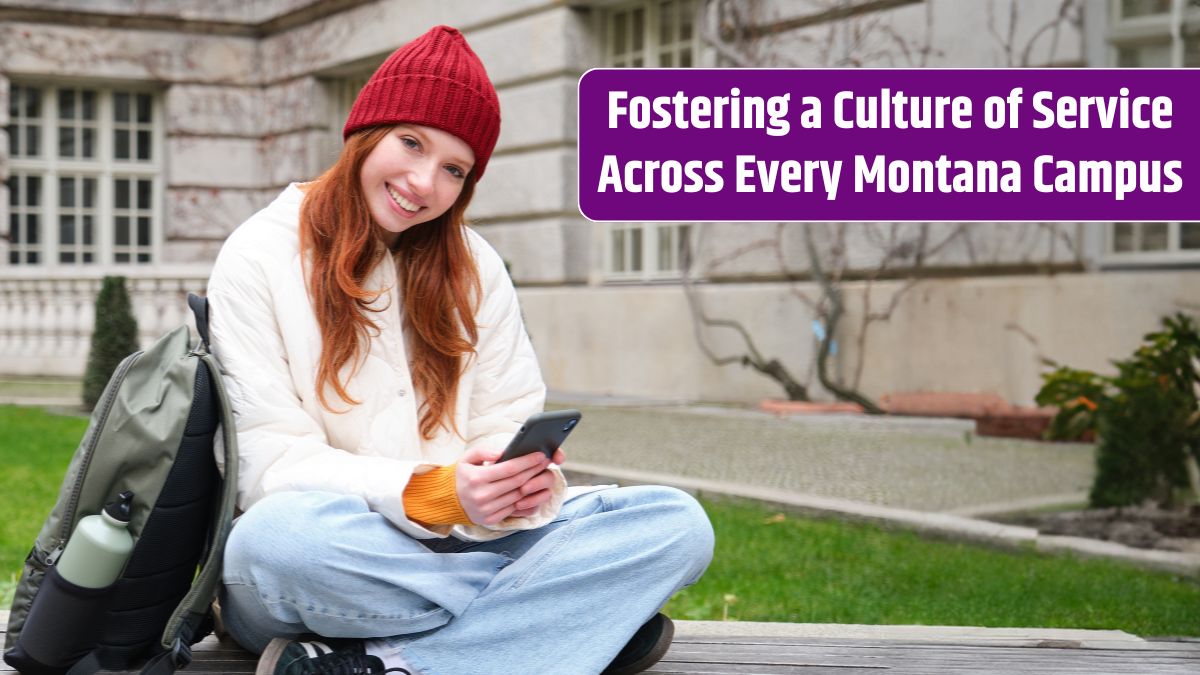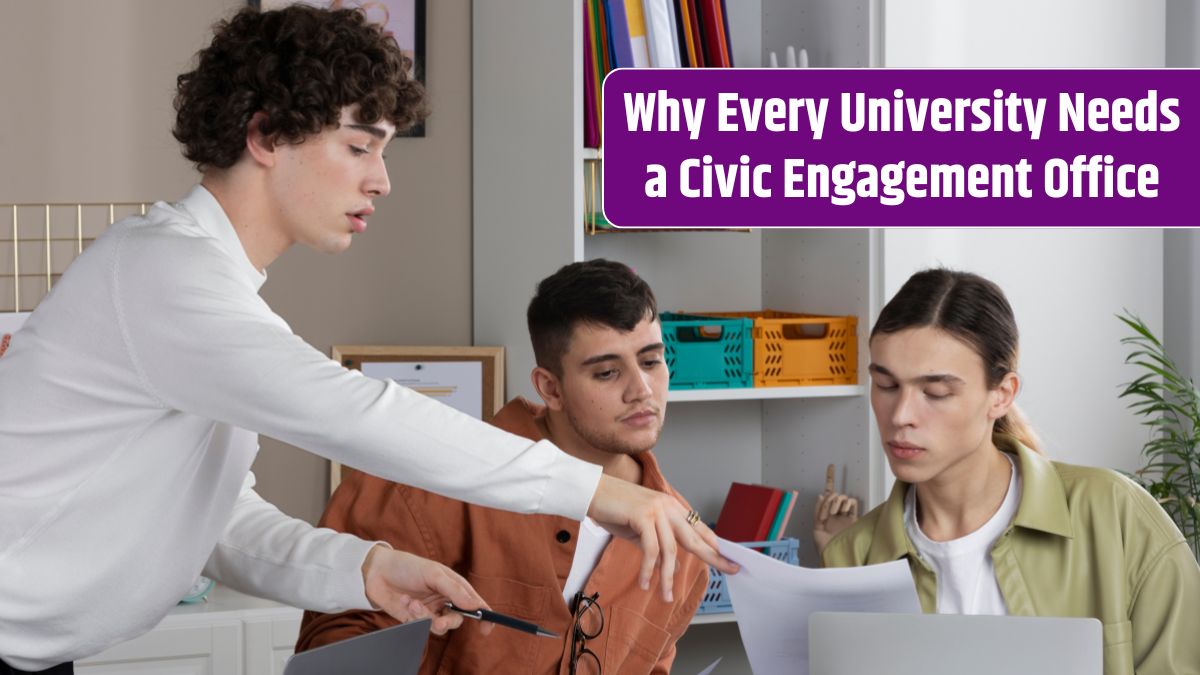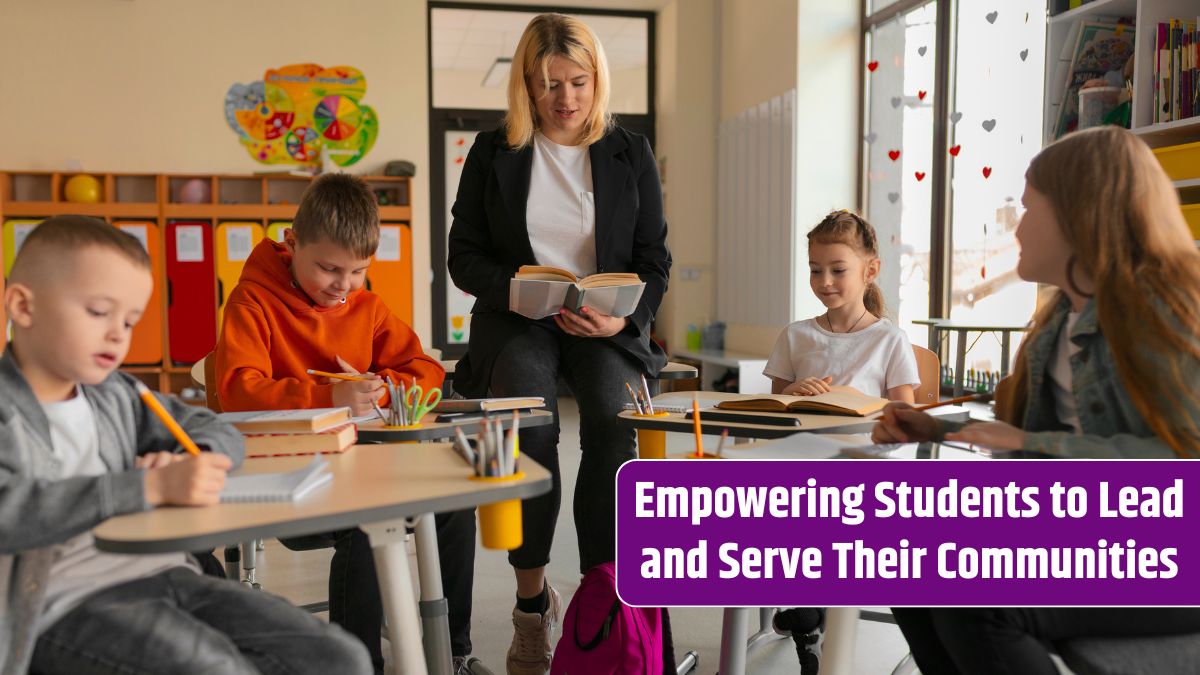College isn’t just about books, exams, and dorm rooms. In Montana, it’s about something deeper—building a culture of service that connects campuses to communities. Across every Montana college and university, there’s a growing push to make service part of student life, faculty goals, and campus identity.
Let’s look into how schools in Big Sky Country are turning education into action—and why it matters more now than ever.
Table of Contents
Purpose
At the heart of service is purpose. Montana colleges are helping students find theirs by encouraging community involvement that goes beyond volunteer hours. Service is becoming a lifestyle, not a checkbox. It’s tied to what students care about—whether that’s climate change, rural healthcare, or Native American rights.
Students aren’t just told to serve; they’re empowered to lead. Campus organizations, service-learning courses, and civic engagement offices are building pathways for real impact, giving students the chance to apply their skills in meaningful ways.
Integration
The key to a lasting service culture? Integration. That means service is baked into everything—from general education courses to faculty evaluations. It’s not an extra activity—it’s part of the academic experience.
For example, nursing students might work in rural health clinics, business majors may help local entrepreneurs, and environmental science students can partner with conservation groups. When service connects with curriculum, everyone wins.
Here’s how campuses are making it happen:
| Initiative | Impact Area |
|---|---|
| Service-learning courses | Academic and community |
| Volunteer fairs | Student engagement |
| Campus-community grants | Local development |
| AmeriCorps partnerships | Workforce and experience |
Leadership
Service builds leaders. Across Montana campuses, students are taking the reins—starting food pantries, mentoring high schoolers, organizing voter drives. And colleges are giving them the support to thrive.
Leadership training, recognition programs, and peer-led workshops are shaping confident, capable changemakers. These aren’t just future leaders—they’re leading now, with purpose and passion.
Community
Montana’s sense of community is strong—and colleges are leaning into that. From small tribal colleges to large public universities, institutions are creating stronger ties with local residents and organizations.
It’s a mutual exchange. Communities gain fresh energy, innovative solutions, and eager volunteers. Students get hands-on experience, deeper connections, and a sense of belonging. This isn’t charity—it’s collaboration.
Impact
The results speak for themselves. Montana campuses are seeing higher student retention, better job readiness, and stronger alumni engagement. More importantly, they’re seeing change—in small towns, rural areas, and underserved populations.
Colleges that invest in service create ripple effects. One student’s volunteer hours can lead to a new program, policy shift, or long-term partnership that benefits generations.
Fostering a culture of service isn’t about perfection—it’s about participation. It’s about showing up, pitching in, and growing together. Montana campuses are proving that when service becomes a shared value, education becomes a powerful force for good.
FAQs
What is a service culture in college?
It means making community service part of everyday campus life.
How do Montana colleges promote service?
Through service-learning, volunteering, and local partnerships.
Why is service important in college?
It builds leadership, empathy, and real-world experience.
Who benefits from campus service programs?
Students, communities, and local organizations all benefit.
Can service improve student success?
Yes, it boosts engagement, retention, and job readiness.























